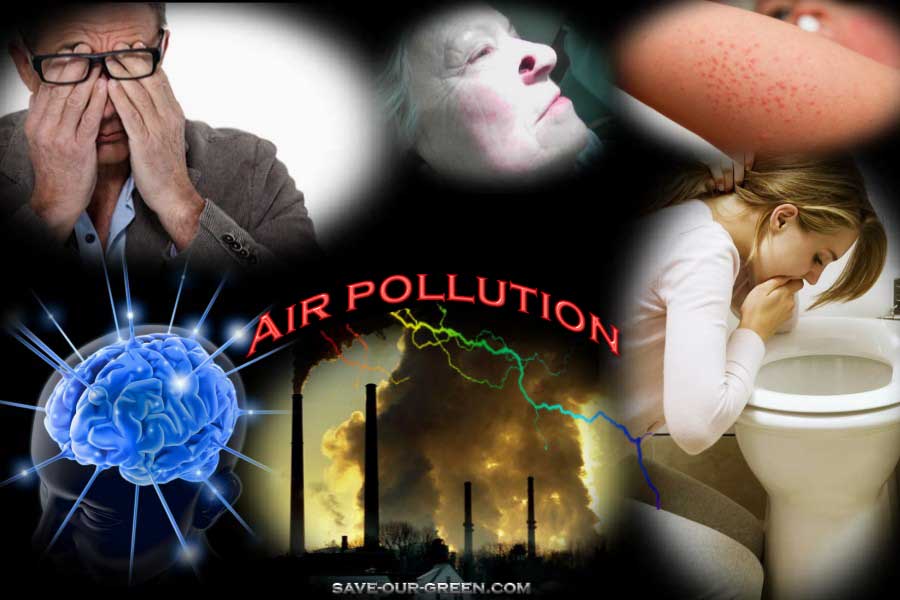15 house plants to reduce pollution
The natural environment is a term that encompasses all living and non-living things occurring naturally on earth. The things which do not occur naturally need spontaneous affiliation with the natural world. For this reason we need continuous and meaningful access to natural settings of the existing stuffs created by both nature and us. Here we will give you some useful gardening plants info to reduce pollution!
1. Name: Aloe vera plant, Toxins Removed: Formaldehyde
2. Name: Heart Leaf Philodendron Plant, Toxins Removed: Formaldehyde and other VOC (Volatile Organic Compound)
3. Name: Snake Plant, Toxins Removed: Formaldehyde
4. Name: Spider Plant, Toxins Removed: Benzene, Formaldehyde, carbon monoxide, and Xylene
5. Name: Weeping Fig aka Ficus, Toxins Removed: Formaldehyde, Benzene, and Trichorohylene
6. Name: Red-Edge Dracaena, Toxins Removed: Formaldehyde, Xylene, and Trichorothylene
7. Name: Bamboo Palm, Toxins Removed: Benzene and Trichorothylene
8. Name: Chrysanthemum, Toxins Removed: Benzene
9. Name: Golden Pothos, Toxins Removed: Formaldehyde
10. Name: Peace Lily, Toxins Removed: Formaldehyde, Trichorothylene, Toulene, and Xylene
11. Name: Azalea, Toxins Removed: Formaldehyde
12. Name: English Ivy, Toxins Removed: Formaldehyde and airborne fecal matter
13. Name: Warneck Dracaena, Toxins Removed: Pollutants in varnishes and oils
14. Name: Gerbera Daisy, Toxins Removed: Trichorothylene and benzene
15. Name: Chinese Evergreen, Toxins Removed: a variety of air pollutants and begins to remove more toxins as time and exposure continues.
Health effect: When formaldehyde(CH2O or HCHO) is present in the air at levels exceeding 0.1 ppm, some individuals may experience adverse effects such as watery eyes, burning sensations in the eyes, nose, and throat, coughing, wheezing, nausea, and skin irritation. Some people are very sensitive to formaldehyde, whereas others have no reaction to the same level of exposure. A fact sheet that discusses formaldehyde and its possible association with nasal cancer. In long-term exposure to benzene has been linked to an increased incidence of blood and immune system disorders, including anaemia and leukaemia. Carbon monoxide is dangerous because it inhibits the blood’s ability to carry oxygen to vital organs such as the heart and brain. The main effect of inhaling xylene vapor is depression of the central nervous system, with symptoms such as headache, dizziness, nausea and vomiting.
To maintain the toxic free surrounding, more creative brains have to be involved to make this green movement a success. So, Plant a tree, plant a hope!


















